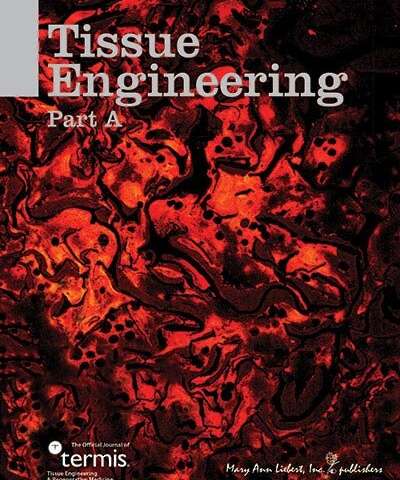
Two distinct approaches are predominantly used to recapitulate physiologically relevant in vitro human organ models. Organoids use stem cells to grow self-assembled replica organs through directed differentiation, whereas the organ-on-a-chip approach involves microfluidics and carefully controlled, 3-D-printed architecture and assembly. It is difficult to assess and compare each strategy’s overall influence with the increasing pace of discovery, but a new study using bibliometric analysis of nearly 3,000 research and review articles illuminates research trends. This work is reported in Tissue Engineering.
In “Global Trends of Organoid and Organ-on-a-chip in the Past Decade: A Bibliometric & Comparative Study”, Pu Chen, Ph.D., Wuhan University School of Basic Medical Sciences, China, and coauthors present the results of their literature-based investigation. The authors identify research hotspots and their evolution, different scientific areas being influenced, and global trends for both organoid and organ-on-a-chip models. A thorough record is included of the most cited studies, influential authors and institutions, and the most relevant journals for each technique. Ultimately, the authors provide a useful framework for appreciating the unique trajectory of both approaches and also reveal a growing trend of combining the two methods.
Source: Read Full Article






